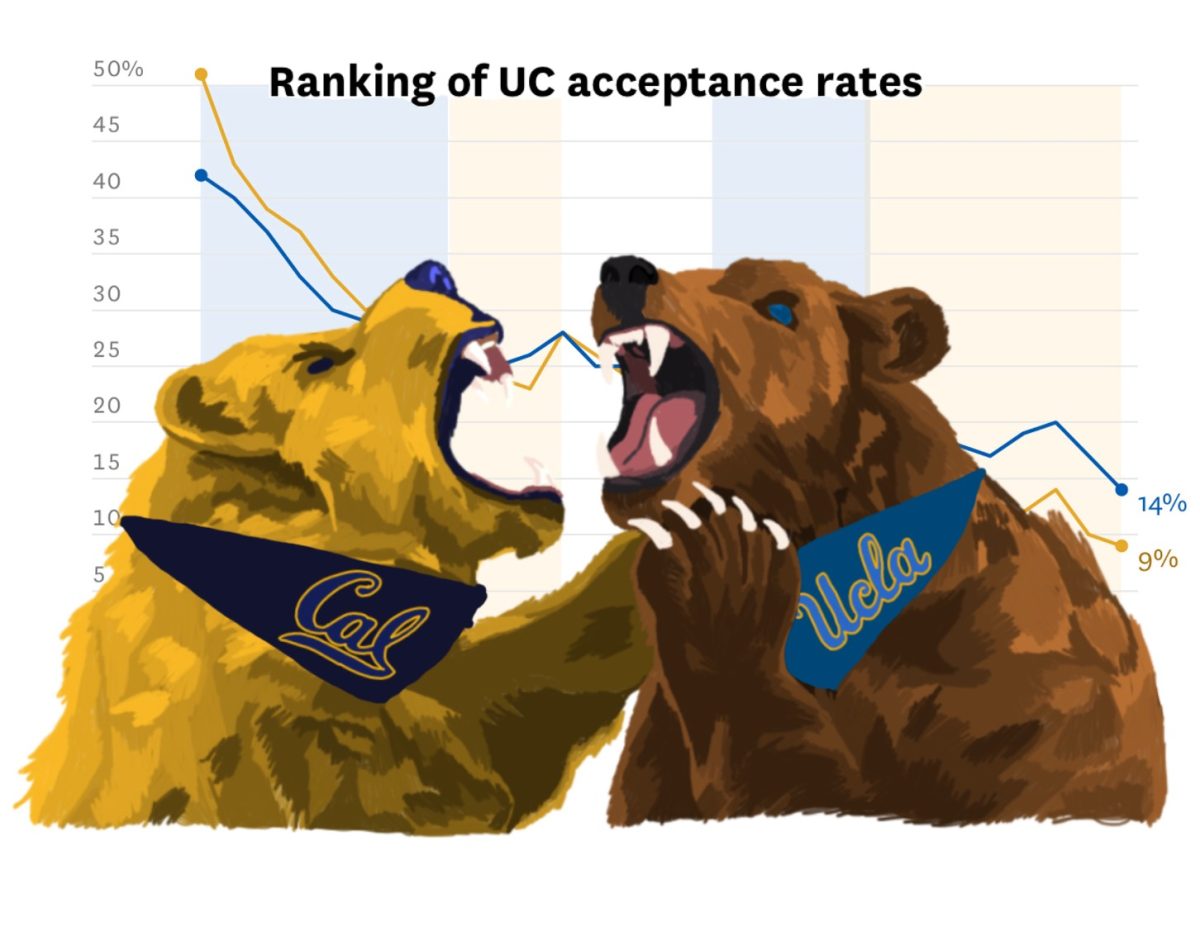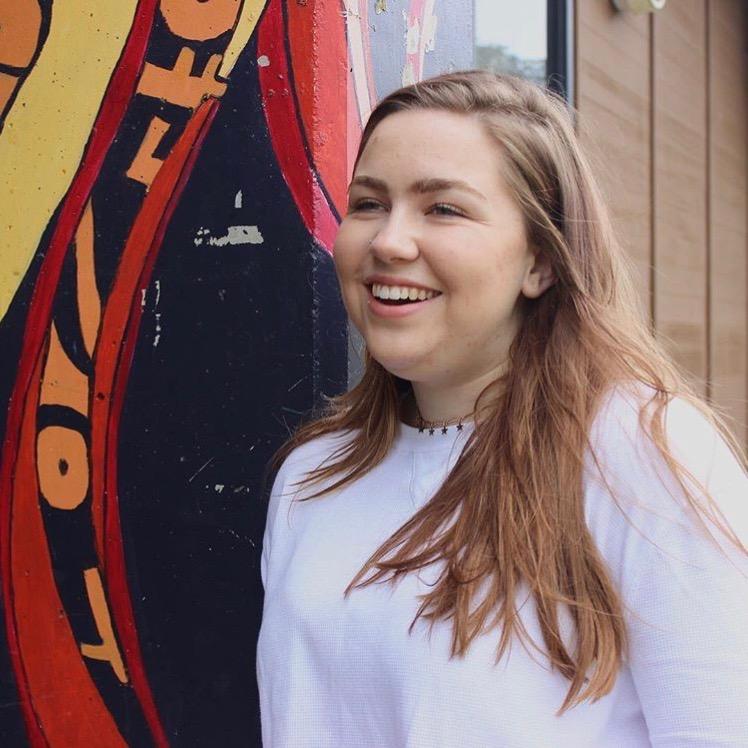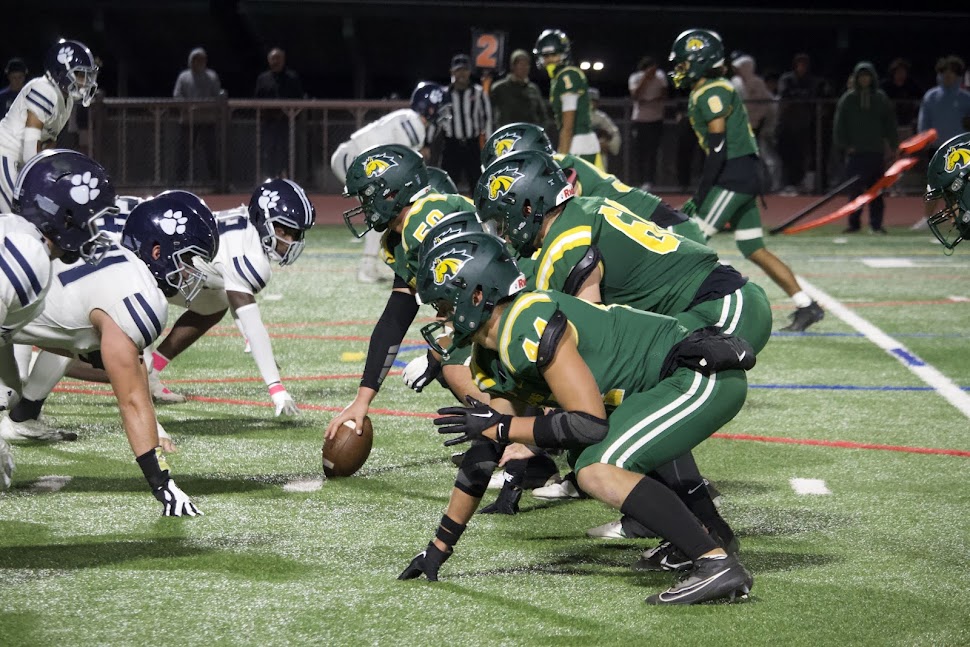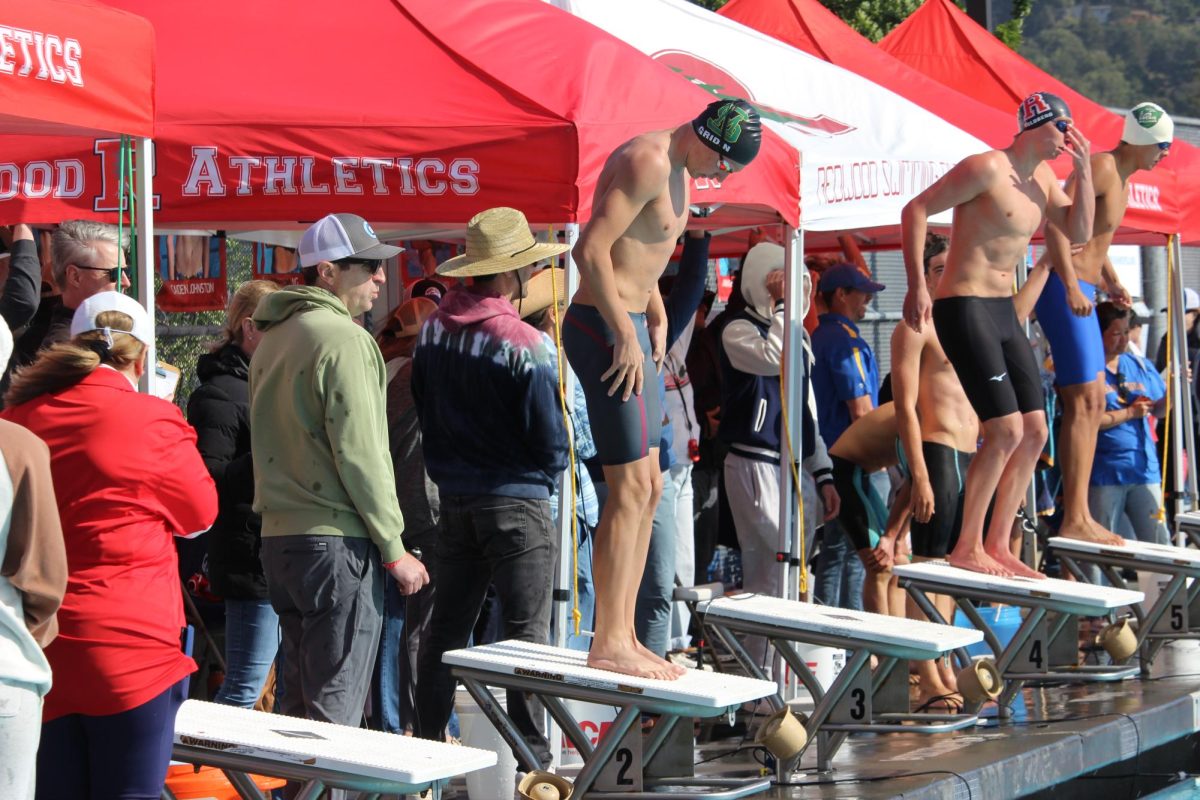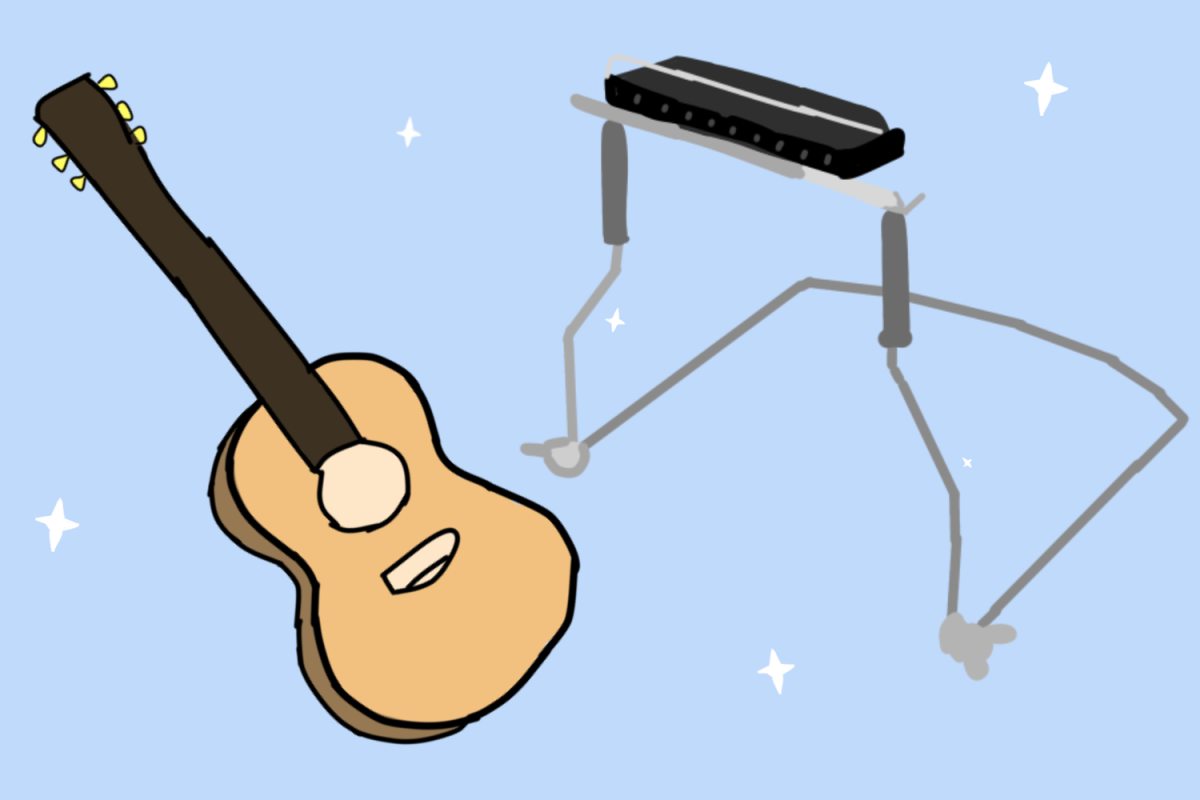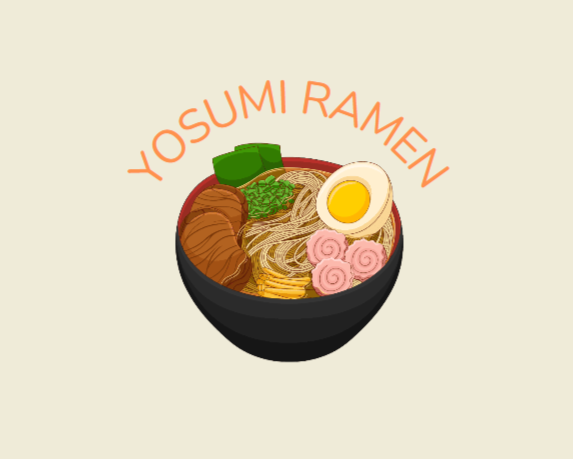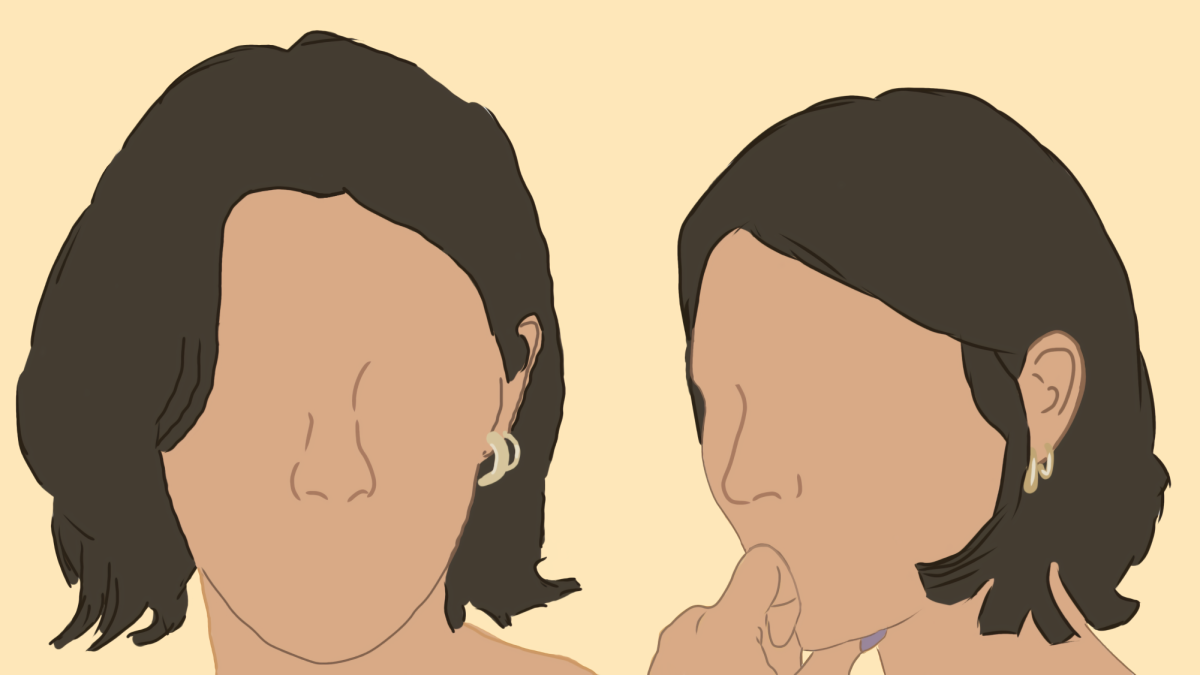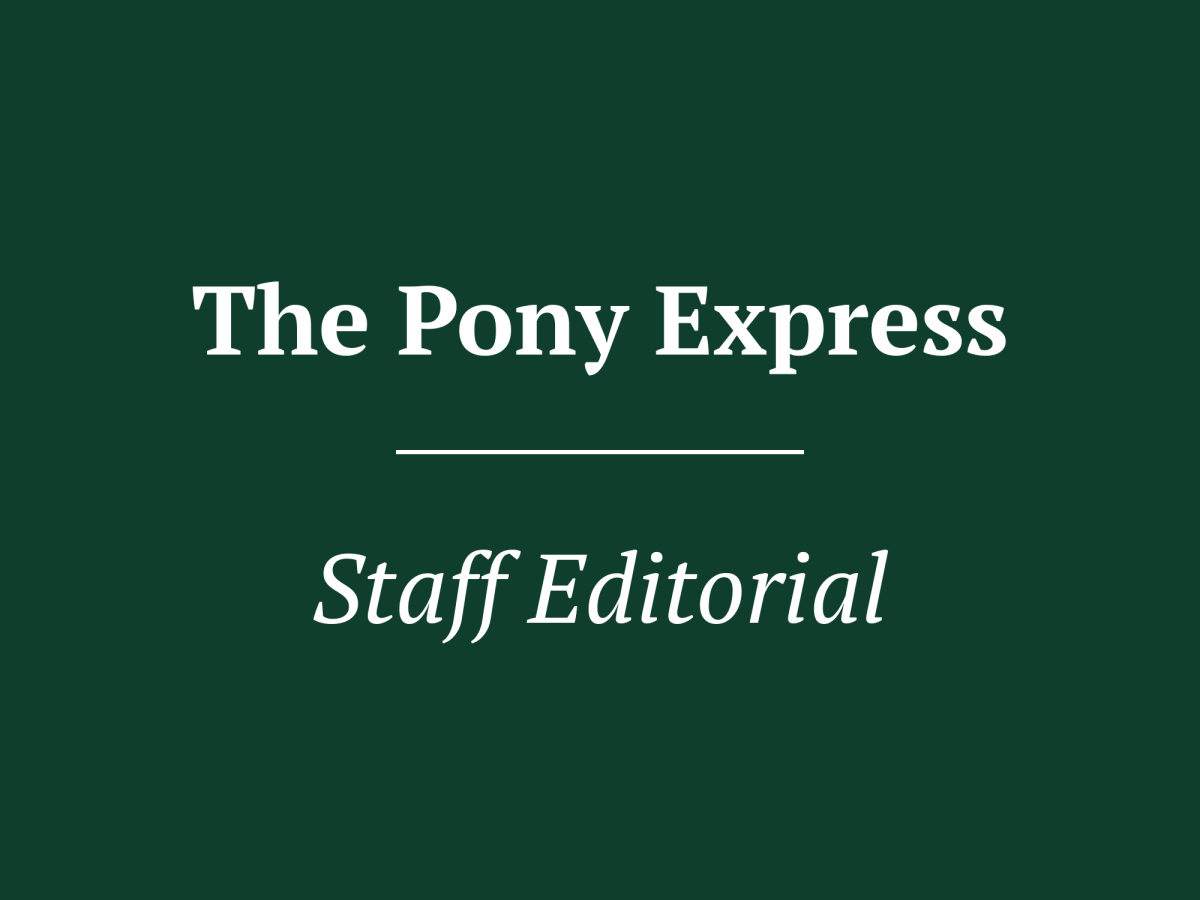“Nothing tastes as good as skinny feels.”- Kate Moss, 2009
For many teens today, the late ‘90s and early 2000s are memorable for its Y2K fashion aesthetic and iconic celebrity idols such as Britney Spears, Lindsay Lohan, and Avril Lavigne. But those same idols that many people looked up to portrayed unhealthy body standards. Part of that is evolutionary; survival of the fittest allowed us to make it as a species today. Cultural beauty standards have woven their way into every society, men and women alike strive for the “perfect body.”
The ideal body being thin has been seen throughout the 20th century, but was pushed through easier access to media. The ‘90s and 2000s saw the rise in the idolization of celebrities, and many people began to try and emulate the skinny models and celebrities they saw in magazines and on TV.
At the turn of the 21st century, many teen girls looked to the media for guidance on how they should look; and they were met with thin models. This led to the ingrained view that women should be as skinny as possible. After 2010, this ideal began to see a shift. A new line of celebrities began to gain traction, and body standards began to morph. With the Kardashians’ and reality television’s rise to fame, rail-thin was no longer in, and curves became all the rage. Bigger boobs and butts were idolized, and lip fillers, Brazilian butt lifts, boob jobs, botox, and more were used to achieve beauty. Women once again found themselves being pushed to achieve an ideal body type that was constantly changing.
Growing up during this era, I found myself constantly trying to adapt to beauty standards. I was always overwhelmed. Consuming media made me feel like I was always behind on what my body should look like. What my body looked like was always my biggest insecurity; I found myself researching plastic surgery, workouts, and diets that would allow me to look “better.”
Now, I believe we are reverting back to the idolization of being as skinny as possible. From clean girl to pilates princess, social media trends have built the foundation for rail-thin to once again be “in.” Currently, “skinnytok” has become an influential corner of social media, promoting portion control and thin bodies. I have found myself falling victim to these trends, feeling like I would only be accepted if I looked like the people I saw on social media. The obsession with my looks has permeated my brain, and I have recently turned to unhealthy habits while watching my weight and pant size drop.
Beauty standards are inevitable. However, continuous body trends will result in an endless cycle of unattainable beauty. Body trends are not healthy; they cause many people to look to extreme outlets to fit standards that may be impossible to achieve.
Instead, our health should be our priority. Eating well and working out should not be solely because we want to look good, but instead because we want to take care of ourselves. I should enjoy eating well and going to the gym every day because it makes me feel good, not because it makes me look better. There is no easy solution to overcoming social pressures and beauty standards, however we can all do our best to remember our lives are too short to only care about aesthetics. We must focus on taking care of ourselves to achieve lifelong health, happiness, and kindness.


